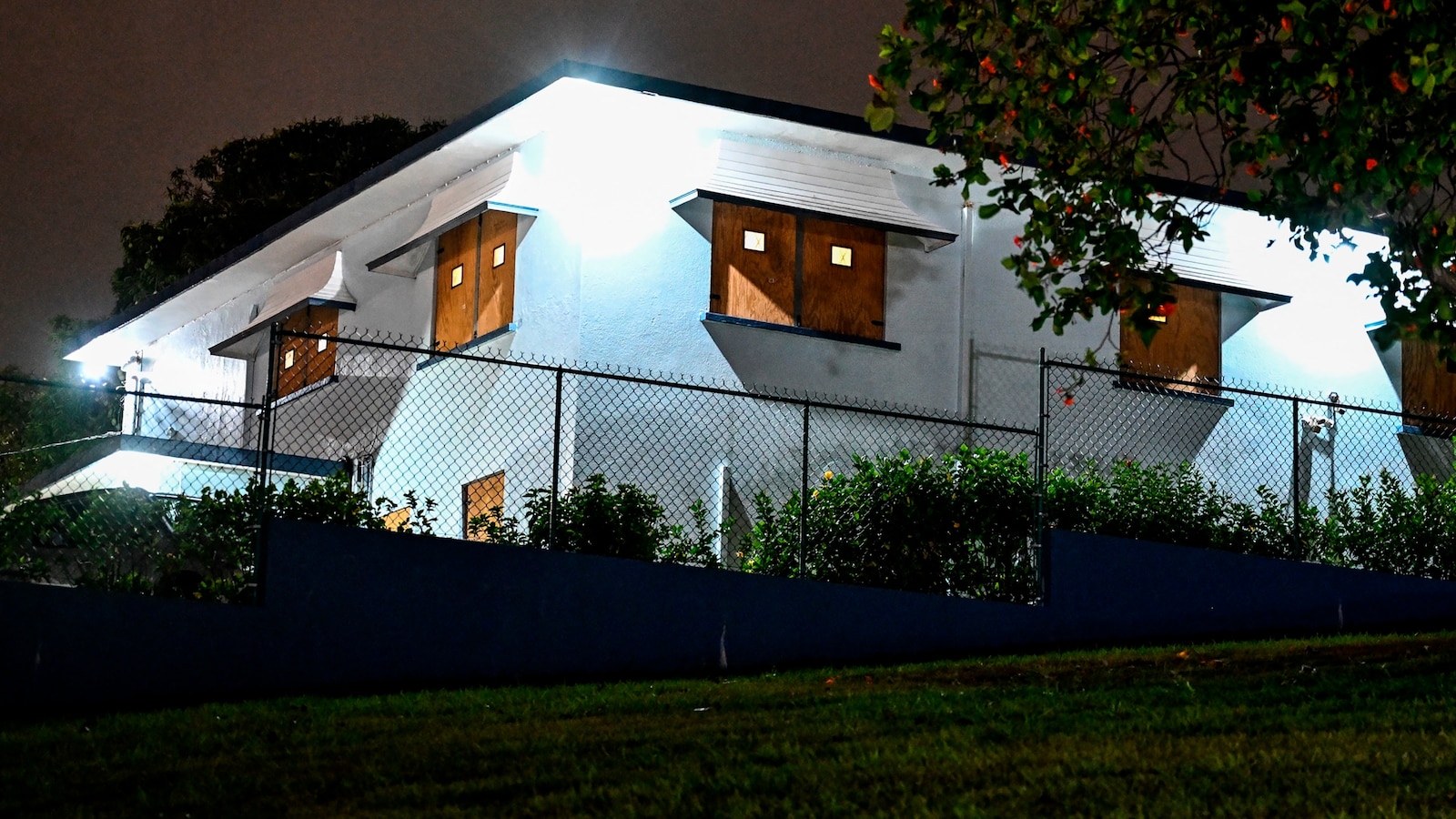Hurricane Beryl’s Impact on Barbados
Barbados hurricane beryl – Hurricane Beryl, a Category 1 hurricane, made landfall in Barbados on July 18, 2023, bringing heavy rains, strong winds, and storm surges to the island. The hurricane caused significant damage to infrastructure, homes, and businesses, leaving many residents without power, water, or shelter.
Infrastructure Damage
The hurricane’s strong winds and heavy rains caused widespread damage to Barbados’ infrastructure. Roads were blocked by fallen trees and debris, making it difficult for emergency responders to reach affected areas. Bridges were also damaged, cutting off access to some communities. The island’s electrical grid was also severely damaged, leaving many residents without power.
Barbados Hurricane Beryl be packin’ a punch, but where it headin’ next? Where is Beryl headed ? Stay tuned, folks, as we track this storm’s path and keep you updated on its impact on Barbados.
Residential and Business Damage
Hurricane Beryl also caused significant damage to homes and businesses in Barbados. Many homes were damaged or destroyed by the hurricane’s winds and rains. Businesses were also affected, with many reporting lost inventory and damage to their buildings.
Barbados Hurricane Beryl don come and gone, but we still di feel di effects. Di storm surge and strong winds damage plenty homes and businesses. We need to prepare for di next hurricane season, and one way we can do dat is by using spaghetti models.
Spaghetti models show us different possible paths dat a hurricane could take, so we can make plans to stay safe no matter where di storm goes. Spaghetti models help us to be prepared for anything, so we can stay safe during di next hurricane season.
Personal Accounts
Many residents of Barbados have shared their personal accounts of the hurricane’s impact. One resident, who lives in a coastal area, said that the storm surge from the hurricane flooded his home and destroyed his belongings. Another resident, who lives in the island’s interior, said that the hurricane’s winds tore off his roof and damaged his home’s interior.
Relief Efforts in Barbados: Barbados Hurricane Beryl

In the aftermath of Hurricane Beryl, local authorities and international aid organizations swiftly mobilized to provide relief and support to affected communities in Barbados. The government deployed emergency response teams to assess the damage and coordinate relief efforts, while the Barbados Red Cross and other local organizations provided food, shelter, and medical assistance to those in need.
International Aid
International aid organizations, including the United Nations and the Caribbean Disaster Emergency Management Agency (CDEMA), also provided significant support. The UN dispatched a team of experts to assess the damage and coordinate the international response, while CDEMA provided logistical support and supplies to affected communities.
Challenges
Providing aid and support to affected communities was not without its challenges. The widespread damage to infrastructure, including roads and bridges, made it difficult to reach some of the hardest-hit areas. Additionally, the influx of relief workers and supplies put a strain on local resources, such as transportation and accommodation.
Recovery and Rebuilding, Barbados hurricane beryl
Recovery and rebuilding efforts are ongoing in Barbados. The government has launched a multi-year plan to repair damaged infrastructure, rebuild homes, and support affected businesses. International aid organizations are also continuing to provide support, including funding for reconstruction projects and technical assistance to help Barbados build back better and more resilient to future disasters.
Lessons Learned from Hurricane Beryl

Hurricane Beryl exposed both the strengths and weaknesses in Barbados’ hurricane preparedness and response. While the island was spared a direct hit, the storm still caused significant damage and disruption. In the aftermath of the hurricane, it is important to reflect on the lessons learned in order to improve resilience to future storms.
One of the strengths of Barbados’ hurricane preparedness is the island’s early warning system. The Barbados Meteorological Services (BMS) provides timely and accurate forecasts and warnings, which give residents ample time to prepare for an approaching storm. The BMS also works closely with the Department of Emergency Management (DEM) to coordinate evacuation and shelter operations.
Another strength of Barbados’ hurricane preparedness is the island’s strong community spirit. During Hurricane Beryl, neighbors helped neighbors to clean up debris and repair damaged homes. This sense of community helped to reduce the impact of the storm and speed up the recovery process.
However, Hurricane Beryl also exposed some weaknesses in Barbados’ hurricane preparedness. One weakness is the island’s lack of affordable housing. Many Barbadians live in informal settlements that are particularly vulnerable to hurricanes. These settlements are often located in low-lying areas that are prone to flooding and landslides. In addition, many of the homes in these settlements are poorly constructed and lack basic amenities such as running water and electricity.
Another weakness of Barbados’ hurricane preparedness is the island’s reliance on imported food and fuel. During Hurricane Beryl, the island’s ports were closed for several days, which disrupted the supply of food and fuel. This caused shortages and price increases, which made it difficult for some Barbadians to meet their basic needs.
Measures to Improve Resilience to Future Storms
In order to improve resilience to future storms, Barbados needs to address the weaknesses in its hurricane preparedness. This includes investing in affordable housing, diversifying the island’s economy, and improving the island’s infrastructure.
Barbados can also learn from the best practices of other countries that have successfully mitigated hurricane impacts. For example, the Netherlands has a long history of dealing with flooding, and the country has developed a number of innovative flood control measures. Barbados could learn from the Netherlands’ experience in order to improve its own flood defenses.
By addressing the weaknesses in its hurricane preparedness and learning from the best practices of other countries, Barbados can improve its resilience to future storms and reduce the risk of damage and disruption.